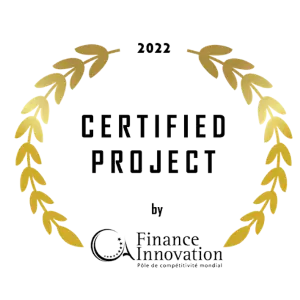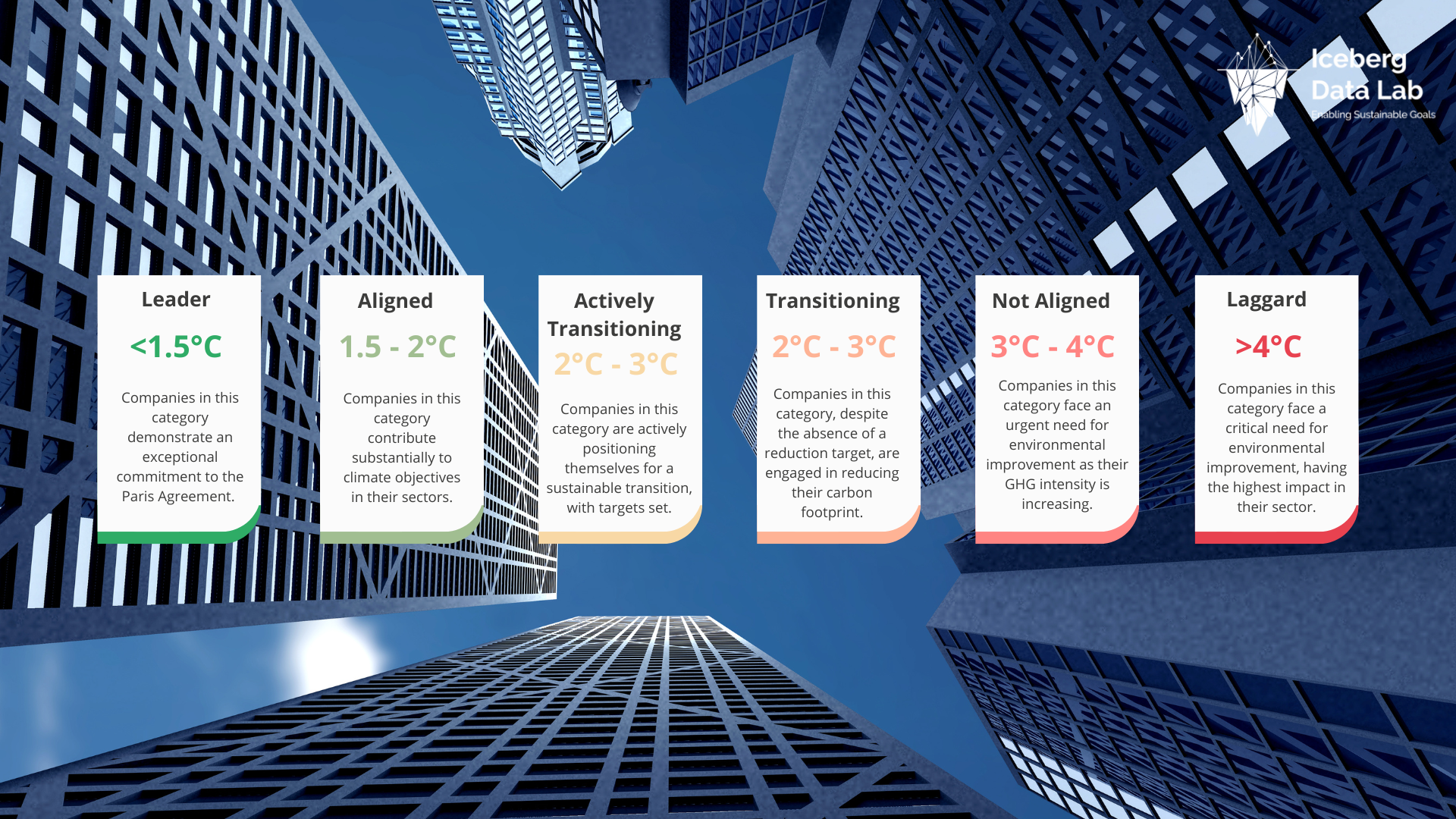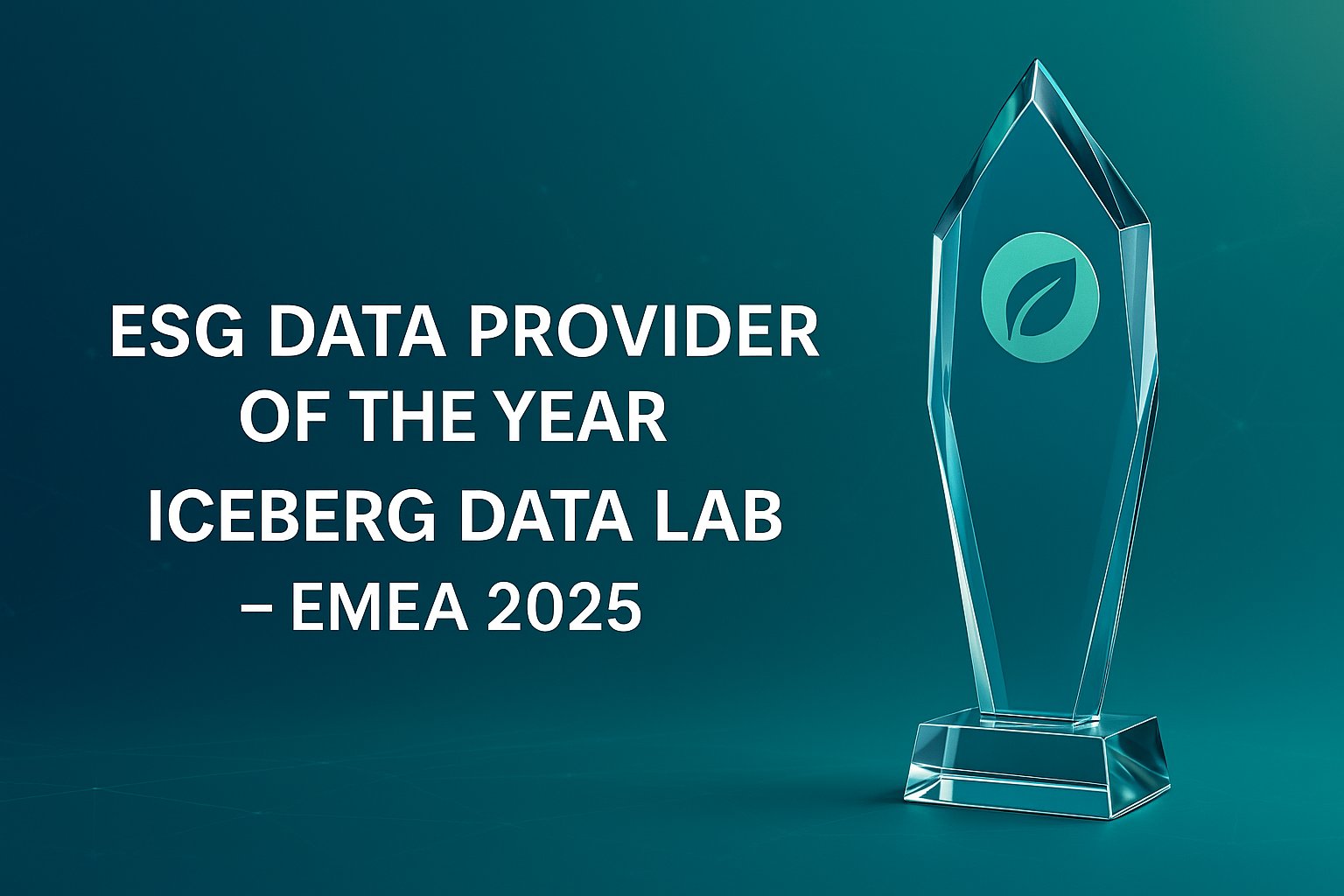)
EU Taxonomy Alignment
)
The EU Taxonomy Alignment represents the gold standard for sustainable finance classification, establishing rigorous criteria that distinguish genuinely sustainable economic activities from greenwashing. This comprehensive framework enables companies and financial institutions to demonstrate authentic environmental commitment whilst accessing sustainable finance opportunities. Understanding EU Taxonomy Alignment has become essential for organisations seeking to navigate the evolving landscape of sustainable investment and regulatory compliance.
The EU Taxonomy creates a common language for sustainability assessment, requiring activities to meet four fundamental criteria: substantial contribution to environmental objectives, adherence to Do No Significant Harm principles, compliance with minimum social safeguards, and satisfaction of technical screening criteria. This systematic approach ensures that Taxonomy Alignment represents meaningful environmental performance rather than superficial sustainability claims.
Understanding EU Taxonomy Alignment Criteria
EU Taxonomy Alignment demands rigorous compliance with technical screening criteria across six environmental objectives: climate change mitigation, climate change adaptation, sustainable use of water and marine resources, transition to circular economy, pollution prevention and control, and protection of biodiversity and ecosystems. These criteria establish specific performance thresholds that economic activities must achieve to demonstrate substantial contribution to environmental sustainability.
The technical screening criteria encompass over 500 unique requirements, creating complexity that challenges many organisations. Activities must simultaneously contribute to at least one environmental objective whilst avoiding significant harm to the remaining five objectives. This comprehensive approach ensures that Taxonomy Alignment represents holistic environmental performance rather than narrow optimisation of single metrics.
Climate change mitigation criteria exemplify the framework's sophistication, requiring renewable energy activities to meet specific capacity factors and lifecycle emissions thresholds. Manufacturing activities face criteria related to energy efficiency improvements and emissions reduction targets compared to sector benchmarks. These requirements reflect advanced understanding of how different activities contribute to climate objectives whilst maintaining economic viability.
Challenges of EU Taxonomy Implementation and Data Requirements
Implementation Challenges and Data Requirements
Current market data reveals significant implementation challenges, with missing data on key indicators ranging from 89% to 95% across different regions and sectors. Companies struggle to collect the granular performance data required to demonstrate compliance with technical screening criteria, particularly for activities not previously subject to detailed environmental monitoring. The EU Taxonomy demands approximately 2,500 data points, creating substantial burden for data collection efforts.
Documentation requirements place considerable demands on organisational resources, requiring comprehensive records showing current performance against applicable thresholds and ongoing compliance with Do No Significant Harm provisions. Many organisations lack specialised expertise required to conduct environmental impact assessments, climate risk evaluations, and biodiversity protection measures effectively.
The global nature of business operations creates additional complexity for companies attempting to demonstrate Taxonomy Alignment across diverse geographic and regulatory contexts. Supply chain activities present particular challenges, as companies must evaluate sustainability performance of suppliers and business partners who may lack robust environmental data systems.
Market Impact and Investment Opportunities
EU Taxonomy Alignment significantly influences investment decisions and capital allocation, with current alignment levels reaching only 12.9% average aligned revenue in 2023. However, 42% of reporting companies show zero alignment, suggesting substantial opportunities for improvement. Companies achieving above-zero alignment report 23% aligned revenue, demonstrating the potential for organisations that successfully navigate technical requirements.
The framework creates pricing premiums for taxonomy-aligned securities and investment opportunities, particularly in renewable energy and clean technology sectors. Banks integrate taxonomy considerations into risk assessment and capital allocation processes, with Green Asset Ratio requirements creating incentives to increase lending to aligned activities.
Iceberg Data Lab's advanced analytics and comprehensive databases support organisations in navigating complex taxonomy requirements, providing robust methodologies for alignment assessment and reporting. Our global expertise enables companies to transform sustainability challenges into competitive advantages through precise data analysis and strategic guidance. See our solutions.
The EU Taxonomy continues evolving through systematic review processes, with expansion to additional environmental objectives creating new opportunities for alignment. As implementation capabilities develop and market infrastructure matures, Taxonomy Alignment will increasingly determine access to sustainable finance and investment opportunities, making early adoption essential for long-term competitiveness.
Latest News
Related Articles
You might be interested in these articles
Get in touch!
Want to know more? Fill out the form or reach us directly via email at contact@icebergdatalab.com.
75116 Paris
EC2Y 9DT London
60327 Frankfurt am Main, Frankfurt
Beverly, MA 01915





)








